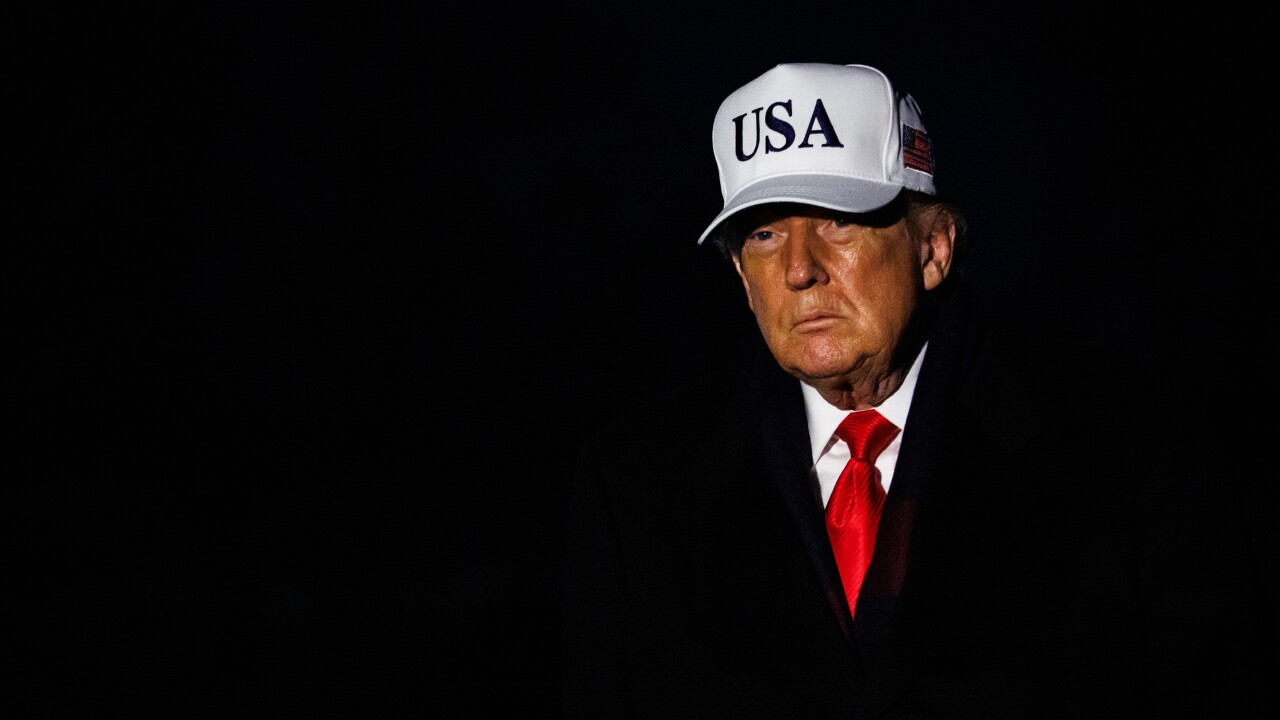Ahead of the busiest shopping period of the year, CaixaBank is embracing facial recognition retail payments, an option that has met with pushback elsewhere.
Shoppers at the Nestle Market in Barcelona will be the first to use Face to Pay to initiate payments solely through facial recognition, with no need for cash, bank cards or smartphones. The bank says the test is the first of its kind in Spain's retail setting.
While merchants often don't upgrade payment systems just before the holidays, CaixaBank plans to analyze Face to Pay in the Nestle Market results for three months to determine how it could be presented as the high demands of the Christmas season unfold.

After a consumer downloads the Face to Pay Nestle Market app, it would not matter what type of phone or bank card the consumer had, as the app initiates the transactions at the merchant POS tablet, the bank said.
The app comes from CaixaBank through a collaboration with the Nestle Market and the researchers at the bank's
Still, adoption for technology of this nature boils down to a personal preference, said Zil Bareisis, a London-based senior analyst for research firm Celent.
"Facial recognition payments can be seen as futuristic and cool, as you just look into the camera and walk away," Bareisis said. "Others might perceive them as creepy and Big Brotherish."
In that regard, a partial
Providers and users have to differentiate between facial recognition used purely as an authentication method, and as a way to initiate the payment transaction, Bareisis added. It makes sense in authentication as a way to tap into a smartphone and then initiate a transaction by looking into the phone screen, he said, because the biometrics are stored in the consumer device and the merchant doesn't have to do anything.
"Facial recognition as a way to initiate payment transactions can also work well in some situations, like limited pilots, but it is much harder to scale, as you need to build out a network of customers and merchants," Bareisis said. "Biometric templates need to be stored centrally, and the merchants need to have infrastructure to capture the customer’s face and compare to the template."
In that regard, it is beneficial to CaixaBank that it operates the network, a practice it has already been testing for customers using the bank's ATM network.
"The bank can decide the speed at which to introduce technology across its ATMs, but they still need to convince the customers to register their face templates centrally and demonstrate that the technology works faster and just as accurate than the more traditional approaches, such as PIN codes," Bareisis said.
Before a first purchase, the Face to Pay user has to register personal and card details and their facial image. A separate fast checkout line has been set up at Nestle Market, fitted with a tablet featuring a camera and internet connection. The customer takes a selfie with the checkout camera to start the payment process. The customer's own phone or bank cards never come into play.
For as much as CaixaBank has moved the needle on mobile payments and security, it feels the time is now to push the digital technology harder.
"We see 2019 as the year in which mobile payment is taking off throughout Spain, a trend that is accelerating due to the growing importance of user experience as a significant success factor in any digital product," Juan Antonio Alcaraz, managing director at CaixaBank, said in a statement to media.
"CaixaBank is collaborating with large sector companies, such as Samsung and Apple, to continue offering the best service before, during and after making a purchase," Alcaraz added.
The bank's
Major cities in Spain have been open to advanced payments technology for several years, but early last year another bank, BBVA, announced it was
While it has not advanced that payment model into retail settings, BBVA continued to use facial recognition as a security method when onboarding customers to new accounts.





